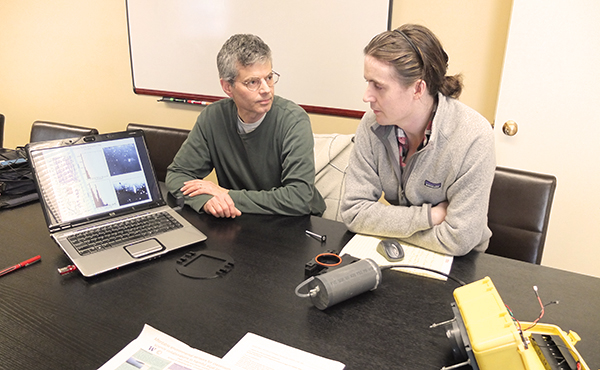Low-cost sensor network for HABs
A Low-Cost Sensor Network for Early Detection of Alexandrium and Heterosigma Harmful Algal Blooms in the Puget Sound Region
This project deployed a new imager network to collect and disseminate continuous, broad-scale data on harmful algal blooms to improve detection, monitoring, and mitigation processes.
